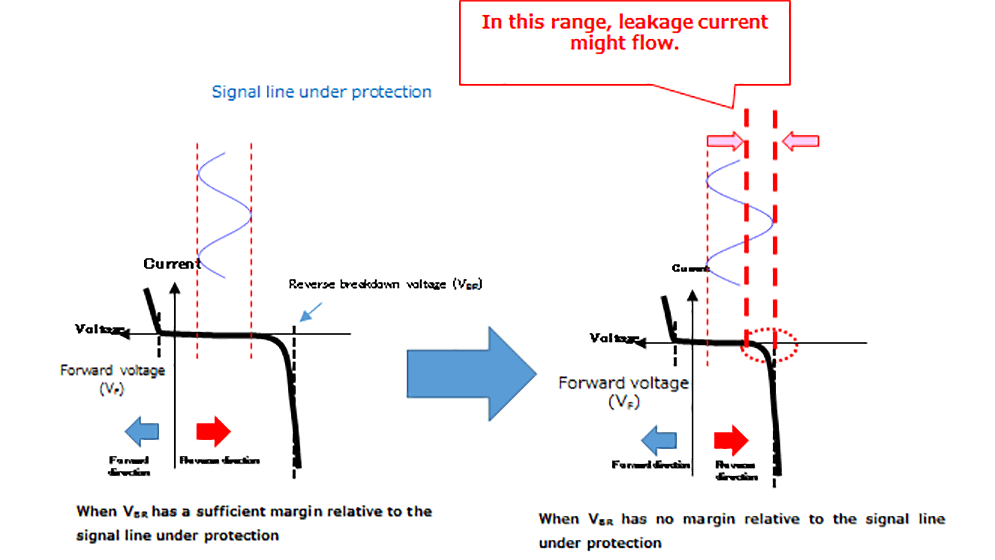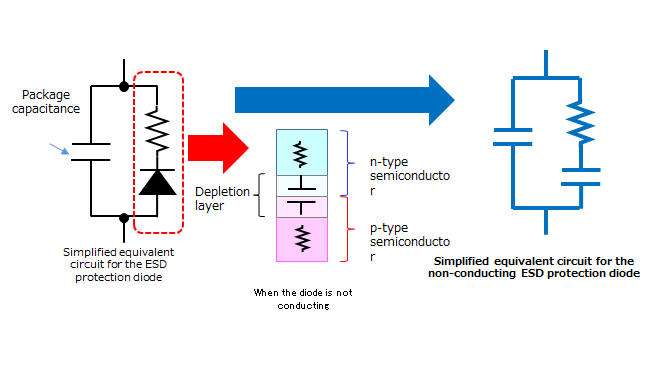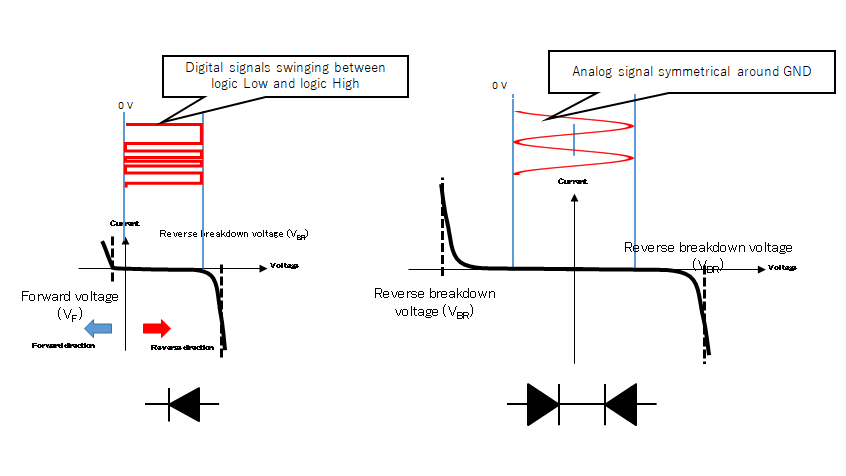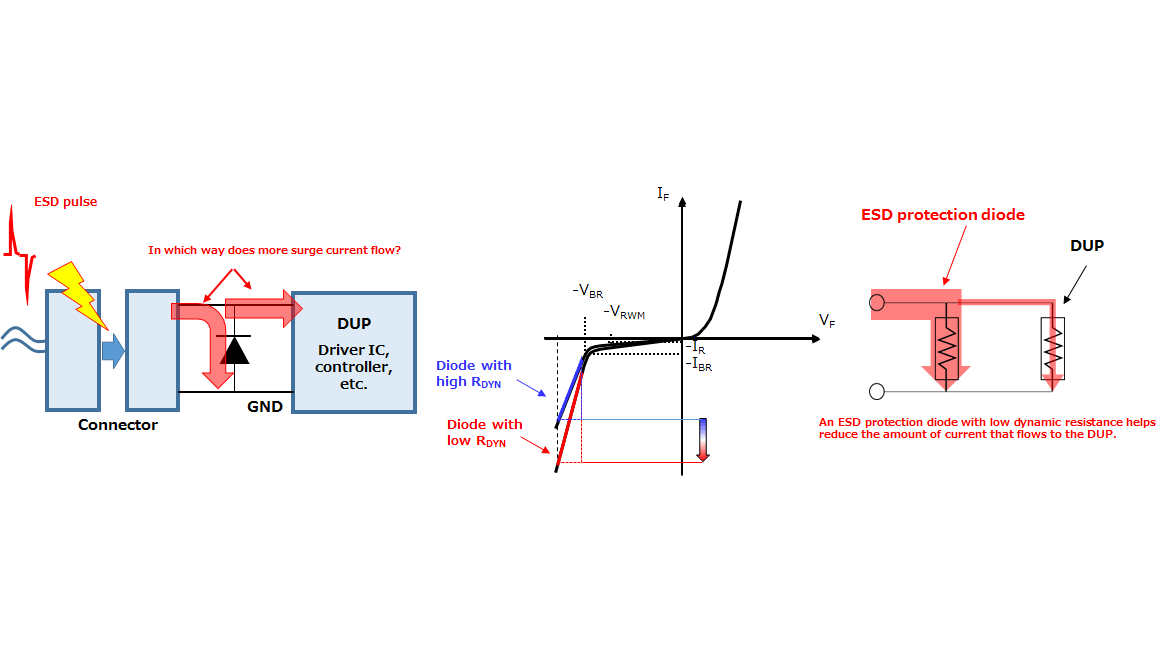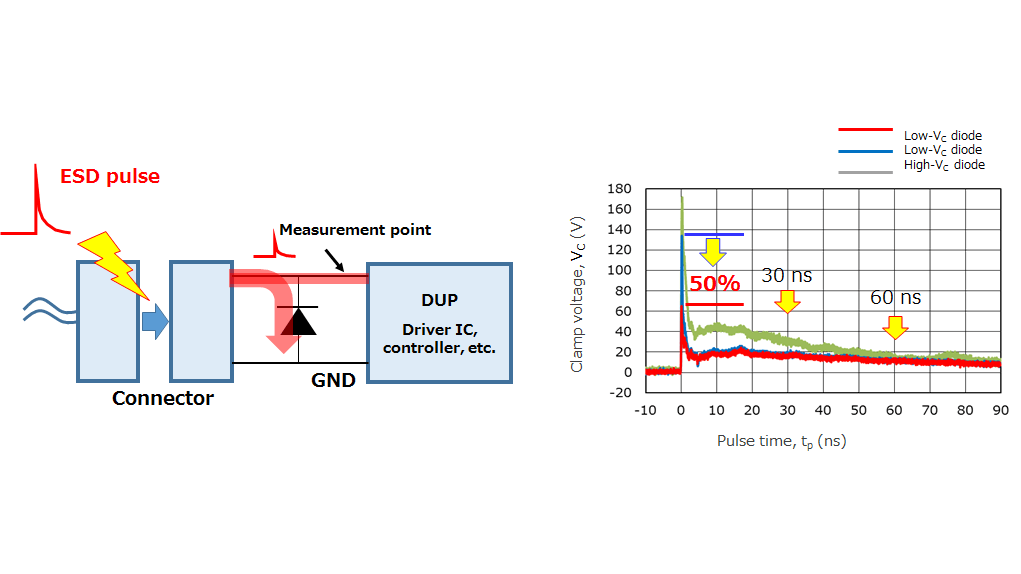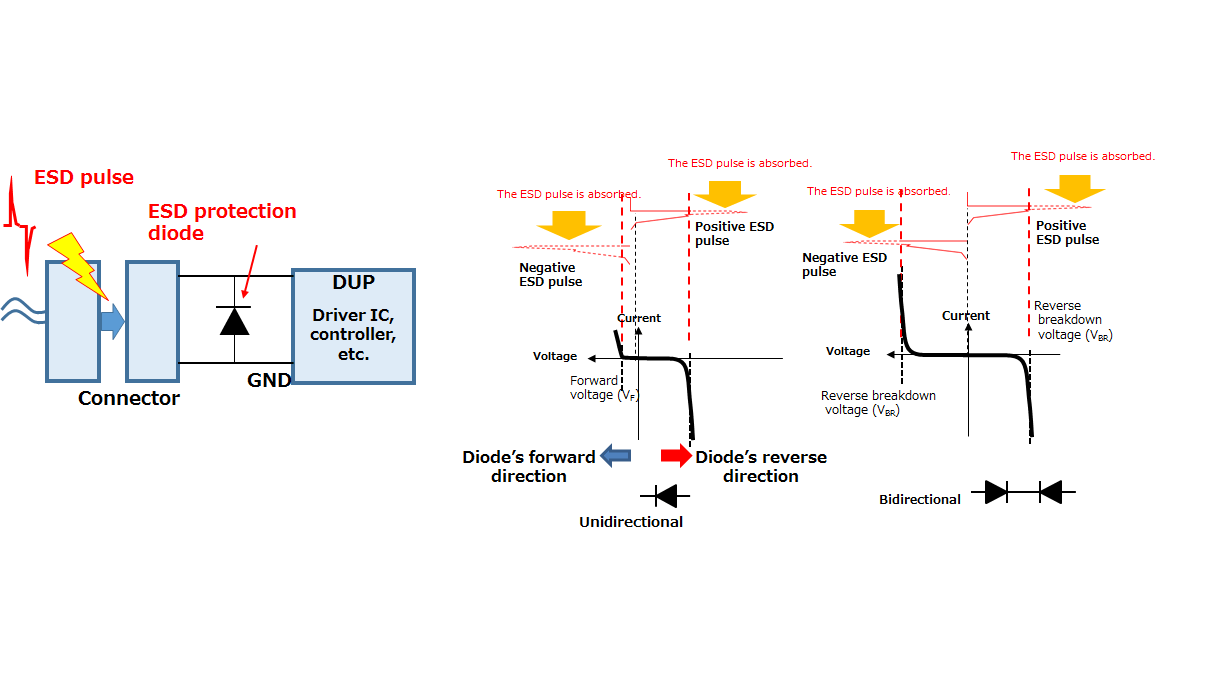- 型号 & 关键词搜索
- 交叉搜索
- 参数搜索
- 库存查询与购买
This webpage doesn't work with Internet Explorer. Please use the latest version of Google Chrome, Microsoft Edge, Mozilla Firefox or Safari.
请输入3个以上字符 Search for multiple part numbers fromhere.
The information presented in this cross reference is based on TOSHIBA's selection criteria and should be treated as a suggestion only. Please carefully review the latest versions of all relevant information on the TOSHIBA products, including without limitation data sheets and validate all operating parameters of the TOSHIBA products to ensure that the suggested TOSHIBA products are truly compatible with your design and application.Please note that this cross reference is based on TOSHIBA's estimate of compatibility with other manufacturers' products, based on other manufacturers' published data, at the time the data was collected.TOSHIBA is not responsible for any incorrect or incomplete information. Information is subject to change at any time without notice.
请输入3个以上字符
3、TVS二极管(ESD保护二极管)的主要电气特性
正常工作状态(无ESD事件)的主要特性
由于ESD保护二极管反向连接,正常工作时,其两端电压低于反向击穿电压(VBR)。因此,ESD保护二极管正常工作时不导通。此时,pn结形成耗尽层,二极管起电容器作用。选择ESD保护二极管时,以下三个注意事项适用于正常工作状态:
3-1-1 ESD保护二极管反向击穿电压(VBR)是否充分高于被保护信号线的振幅(最大电压)
3-1-2 ESD保护二极管总电容(CT)相对于受保护信号线的频率是否足够低
3-1-3 信号极性(即信号电压是否像模拟信号一样跨GND电位)
ESD事件保护主要特性
当静电放电(ESD)进入系统时,ESD保护二极管要么导通,要么反向击穿。单向ESD保护二极管通过正ESD电击时反向击穿,负ESD电击时导通吸收ESD能量。防止ESD脉冲损坏被保护器件(DUP),需要注意以下三点:
3-2-1 低动态电阻(RDYN)
3-2-2 低钳位电压(VC)和第一峰值电压
3-2-3 ESD保护二极管吸收不同极性ESD脉冲工作原理
- 1/7
- Next
第Ⅲ章:TVS二极管(ESD保护二极管)的主要电气特性
相关信息
- 产品页
TVS二极管(ESD保护二极管) - 应用说明
二极管 - FAQ
TVS二极管(ESD保护二极管) - 查看所有东芝 TVS 二极管(ESD 保护二极管)产品的参数:
参数搜索 - 查询TVS二极管(ESD保护二极管)的库存并购买:
库存查询与购买


